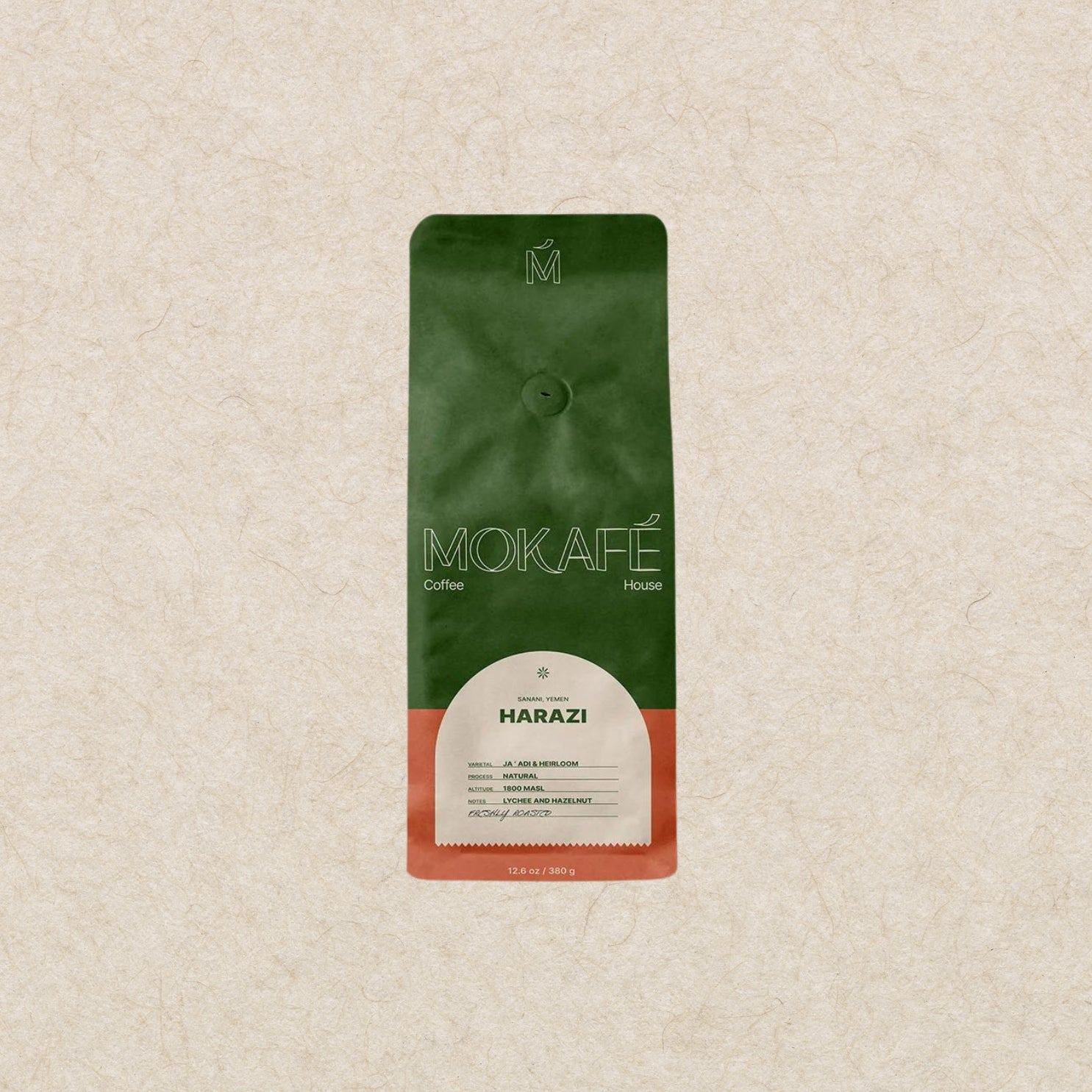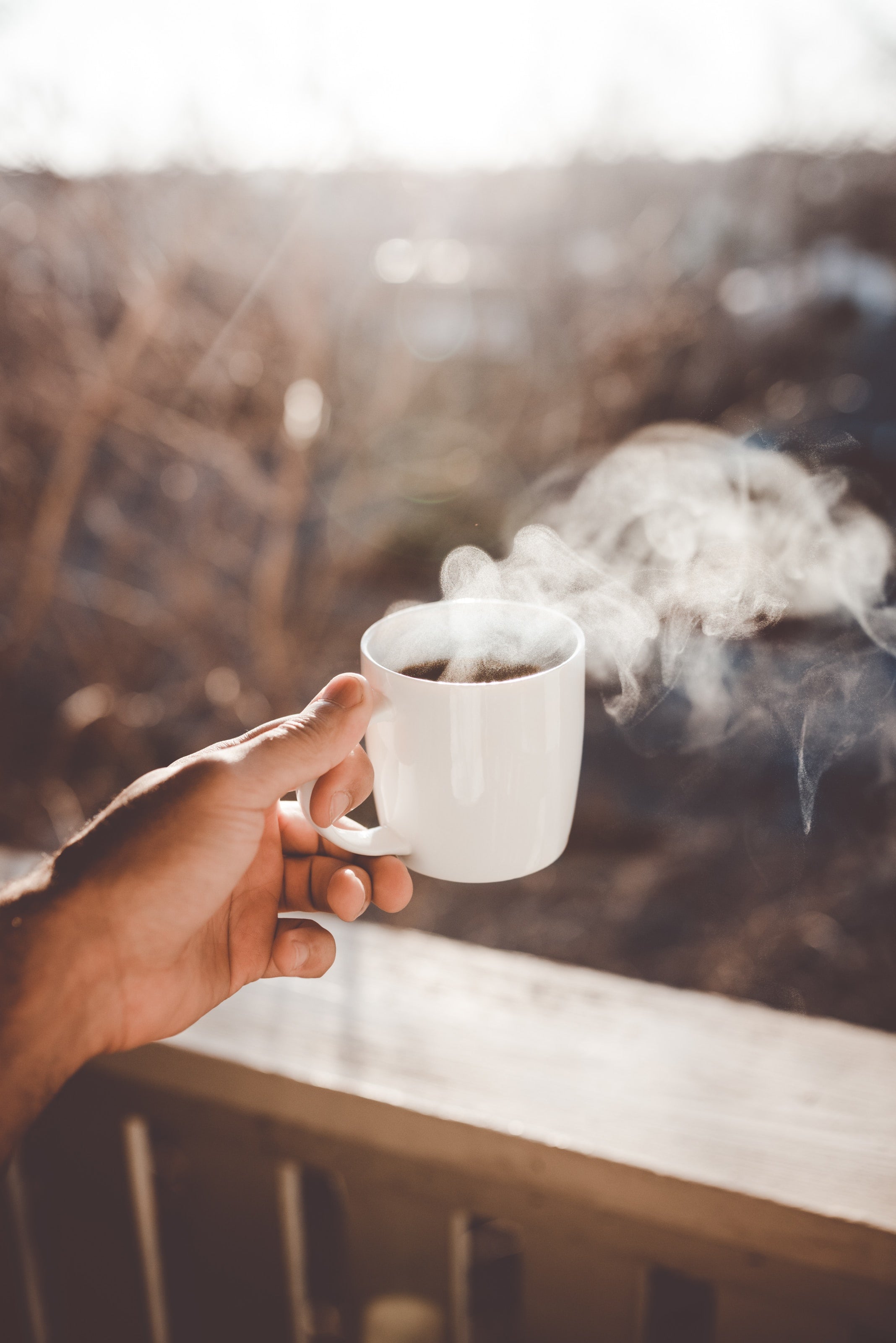The custom of brewing a perfect cup of coffee is a daily routine for many. However, achieving that ideal balance can be challenging in understanding the nuances of the
coffee-to-water ratio
. One important thing to figure out when making a great cup of coffee is "how many tablespoons per cup for coffee." This simple question holds the key to making a delicious brew. Various factors come into play, from the size of a cup to the grind of the beans.
In this blog, we will dive into the coffee-making process details, exploring tablespoons, grams, and ratios measurements to help you achieve that perfect ratio. So, let us start a journey to discover how to make the best cup of coffee.
The Standard Cup Size and Measurement
Understanding the standard cup size is essential for perfect coffee. In the U.S., a cup holds 236 milliliters or 8 ounces of water. Yet, in the coffee world, we often refer to a more familiar five fluid ounces or 150 milliliters. Keeping our calculations consistent, we'll stick to this 5-ounce cup size. This matters because the right amount of water affects the taste. So, figuring out "how many spoons of coffee per cup of water" starts with knowing how much a cup holds. This ensures your coffee adventure begins with the correct measurements, leading to a consistently delicious cup every time.
Calculating Coffee-to-Water Ratio
When brewing an exceptional cup of coffee, nailing the
coffee-to-water ratio
is vital. The go-to standard is 1:18, translating to 1 gram of coffee for every 18 milliliters of water. While using a scale guarantees precision, only some have one handy. That is where tablespoons or scoops come into play for practicality. However, it is crucial to recognize that precision matters, especially since scoop sizes can differ. So, when pondering "how many tbsp per cup of coffee," understanding this ratio ensures your coffee consistently hits the right flavor notes, whether measured meticulously with a scale or by the trusty tablespoon.
Using Tablespoons to Measure Coffee
Regarding measuring coffee, tablespoons are a go-to for many coffee lovers despite their precision challenges. On average, a tablespoon holds around 10.6 grams of coffee. For an 8-ounce cup, experts recommend using 1 ½ to 2 tablespoons of ground coffee to get that perfect coffee strength you desire. This method also answers the question of "how much grounds per cup of coffee," providing a practical guideline for those who might not have precise measuring tools.
For instance, one cup of coffee requires 8 ounces of water and two tablespoons of coffee. Doubling the servings means doubling the water and coffee amounts: 16 ounces of water for 2 cups paired with four tablespoons of coffee, and so on, up to 5 cups with 40 ounces of water and ten tablespoons of coffee. This way, you can scale up the measurements for more servings.
Here is the guideline for using tablespoons in your coffee-making process in a simpler way:
- 1 cup = 2 tablespoons coffee + 8 oz water
- 2 cups = 4 tablespoons coffee + 16 oz water
- 3 cups = 6 tablespoons coffee + 24 oz water
- 4 cups = 8 tablespoons coffee + 32 oz water
- 5 cups = 10 tablespoons coffee + 40 oz water
The precision with Coffee Ratios
For a more subtle coffee experience, turning to precise coffee ratios offers a deeper understanding of the brewing process. The standard ratio 1:18, indicating 1 gram of coffee per 18 milliliters of water, serves as a baseline. However, coffee enthusiasts can adjust this ratio to suit personal preferences and the characteristics of different coffee beans. For those wondering "how many grinds of coffee per cup," exploring ratios like 1:15 for a concentrated and bright taste or 1:18 for a lighter and rounded flavor allows for a delightful coffee experience that serves individual taste preferences. Coffee-to-Water Ratio in Various Brewing Methods
Each brewing method has its unique demands regarding the coffee-to-water ratio, shaping the taste and experience of your cup. 1. Drip Coffee (Pour-Over)
Drip coffee, known as pour-over, uses a paper filter that retains water, influencing the recommended ratio to fall between 1:17 and 1:20. This considers the water contained by the filter, ensuring a balanced and flavorful pour-over cup. 2. French Press
Brewing with a French Press offers more control over flavor and viscosity. Since the extraction happens within the water itself, there is no loss. A ratio of 1:12 to 1:15 is commonly favored for French Press coffee, delivering a robust and full-bodied beverage. 3. Espresso
Unlike traditional coffee brewing, espresso focuses on the precise weight of the extracted liquid rather than the volume of water used. The average ratio is 1:2, with 18 grams of coffee yielding 36 grams of liquid, providing baristas with flexibility for diverse flavor profiles in every shot. 4. Cold Brew
With its prolonged extraction at room temperature, cold brewing demands a higher coffee ratio. Typically ranging between 1:10 and 1:13, this creates a concentrated liquid. It can be diluted to taste when served, ensuring a refreshing and bold cold brew experience.Whether it is the meticulous pour-over, the robust French Press, the intense espresso shot, or the chilled delight of cold brew, understanding "how many tsp of coffee per cup" plays a crucial role in mastering each process. Each ratio contributes to a distinct flavor profile, offering a spectrum of coffee experiences tailored to your preferences.
Key Takeaways
- A standard cup is five fluid ounces.
- The ideal coffee ratio is 1 gram per 18 ml of water.
- Accurate measurement requires a scale.
- Two tbsp of ground coffee weigh around 10.6 grams of coffee.
- Use two tablespoons of coffee for an 8-ounce cup.
- If using a scoop, ensure it equals two tablespoons of coffee.
- Achieving the golden ratio is a personal preference.
Conclusion
Mastering the art of a perfect cup of coffee is a journey through measurements and brewing methods. As we discover the secrets of "how many tablespoons per cup for coffee" and "ground coffee, how much per cup," we uncover the delicate balance that shapes each sip. From understanding standard cup sizes to exploring precise ratios, this adventure leads to a flavorful cup tailored to your liking.Whether you prefer the simplicity of tablespoons or the precision of scales, these guidelines offer a reliable starting point for your coffee-making journey. Cherish the subtlety of drip coffee, French Press, espresso, or cold brew, each method offering a unique experience crafted by understanding the appropriate ratios.
So, experiment, measure, and savor the journey towards your ideal cup of coffee, where precision meets personal preference, and remember that with the proper knowledge, you can consistently create a mug that satisfies your palate every time.
More From Jorge Armando Ciciliani
-
Shop:
Buy Coffee Beans Online
-
Guatemalan Coffee: Growing Regions And Unique Profiles
-
How Much Coffee Is Required To Make 12 Cups?
-
Does Decaf Coffee Have Caffeine?
-
Yemeni Coffee Beans: A Symphony of Aroma, Taste & History
-
7 Natural Flavors Of Coffee
-
Salt In Coffee: Does It Really Taste Better?
About The Author: Jorge Armando Ciciliani

Jorge is a seasoned coffee professional with a lifelong passion for all things coffee. For over a decade, he has fervently immersed himself in the world of coffee, mastering its preparation, understanding its societal impact, and uncovering its cultural significance. Starting as a barista at the young age of 15 and later managing a coffee roastery, this journey led him to work as a quality control manager for a green coffee importer.
Traveling across countries in Central and North America, Jorge has explored various coffee traditions and honed his skills through Specialty Coffee Association courses. As a QC Cupping coffee connoisseur and sensory skills enthusiast, Jorge is a true expert in the art of brewing and savoring the perfect cup. Consider him your trusted Fika expert.
Follow:
,




